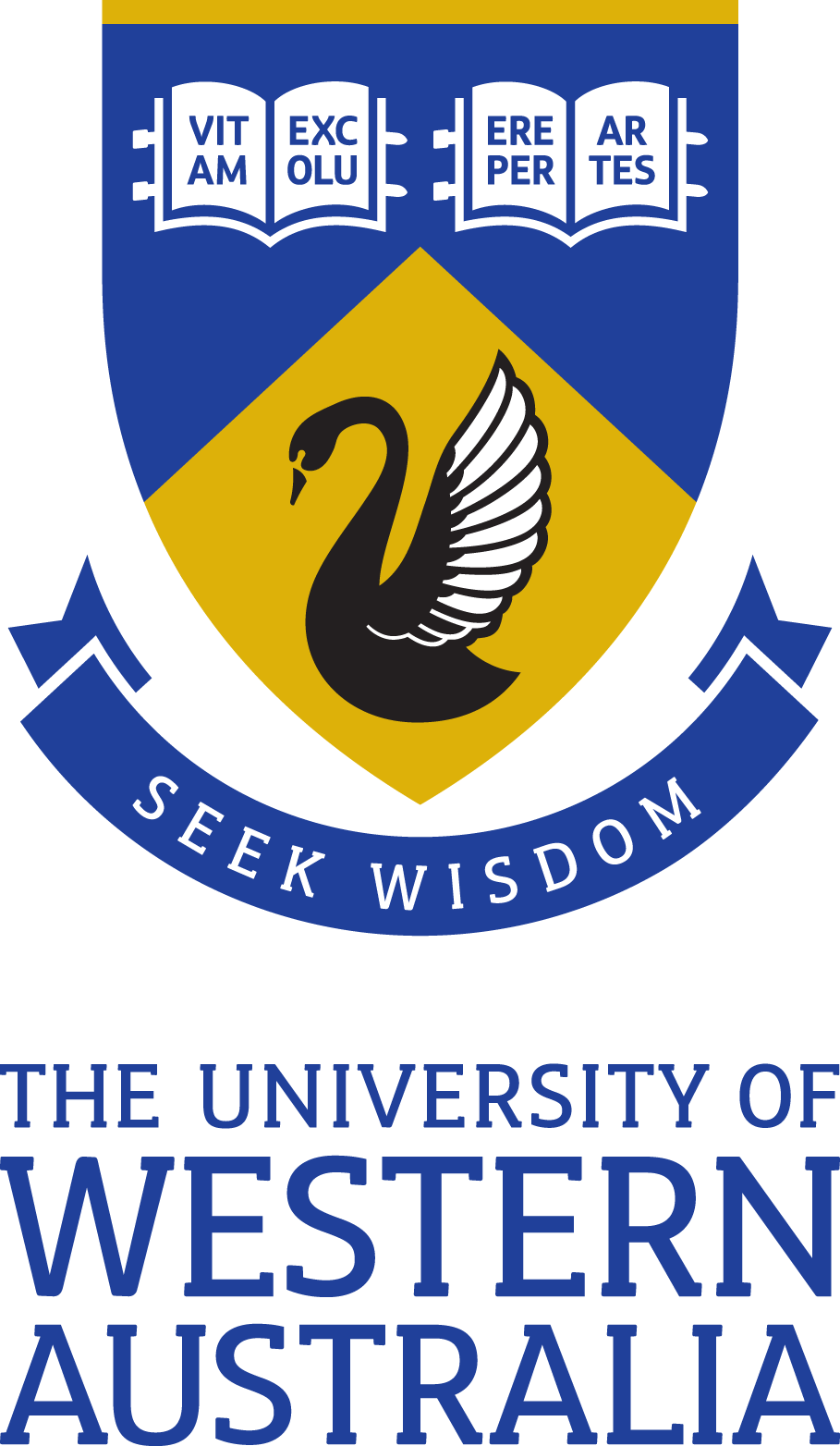Full description
Understanding the drivers of dispersal among populations is a central topic in marine ecology and fundamental for spatially explicit management of marine resources. The extensive coast of Northwestern Australia provides an emerging frontier for implementing new genomic tools to comparatively identify patterns of dispersal across diverse and extreme environmental conditions. Here, we focused on the stripey snapper (Lutjanus carponotatus), which is important to recreational, charter-based and customary fishers throughout the Indo-West Pacific. We collected 1,016 L. carponotatus samples at 51 locations in the coastal waters of Northwestern Australia ranging from the Northern Territory to Shark Bay and adopted a genotype-by-sequencing approach to test whether realized connectivity (via larval dispersal) was related to extreme gradients in coastal hydrodynamics. Hydrodynamic simulations using CONNIE and a more detailed treatment in the Kimberley Bioregion provided null models for comparison. Based on 4,402 polymorphic single nucleotide polymorphism loci shared across all individuals, we demonstrated significant genetic subdivision between the Shark Bay Bioregion in the south and all locations within the remaining, more northern bioregions. More importantly, we identified a zone of admixture spanning a distance of 180 km at the border of the Kimberley and Canning bioregions, including the Buccaneer Archipelago and adjacent waters, which collectively experiences the largest tropical tidal range and some of the fastest tidal currents in the world. Further testing of the generality of this admixture zone in other shallow water species across broader geographic ranges will be critical for our understanding of the population dynamics and genetic structure of marine taxa in our tropical oceans.,Report-DLu15-1902_ModUnfiltered DArTseq genotypes for 1016 L. carponotatus samples.,Notes
External OrganisationsCurtin University; Western Australian Marine Science Institution; Department of Primary Industries and Regional Development (Western Australia); Commonwealth Scientific & Industrial Research Organisation; Australian Museum
Associated Persons
Ming Feng (Creator); Samuel D. Moyle (Creator); Oliver Berry (Creator)Joseph D. DiBattista (Creator); Michael J. Travers (Creator); Rebecca J. Gorton (Creator); Thor Saunders (Creator)
Ming Feng (Creator); Samuel D. Moyle (Creator); Oliver Berry (Creator)Joseph D. DiBattista (Creator); Michael J. Travers (Creator); Rebecca J. Gorton (Creator); Thor Saunders (Creator)
Issued: 2017-09-07
Subjects
User Contributed Tags
Login to tag this record with meaningful keywords to make it easier to discover
Identifiers
- DOI : 10.5061/DRYAD.4HK28

- global : aeced356-1ab8-4d01-8cf6-c1726bedccf4


